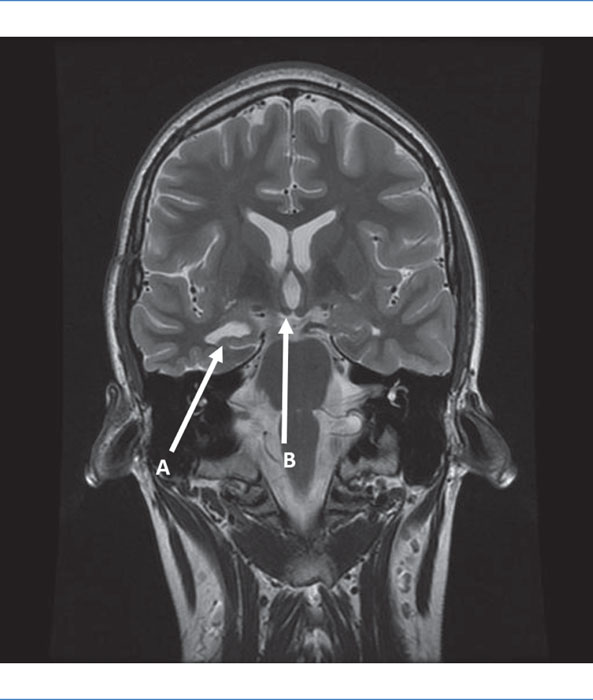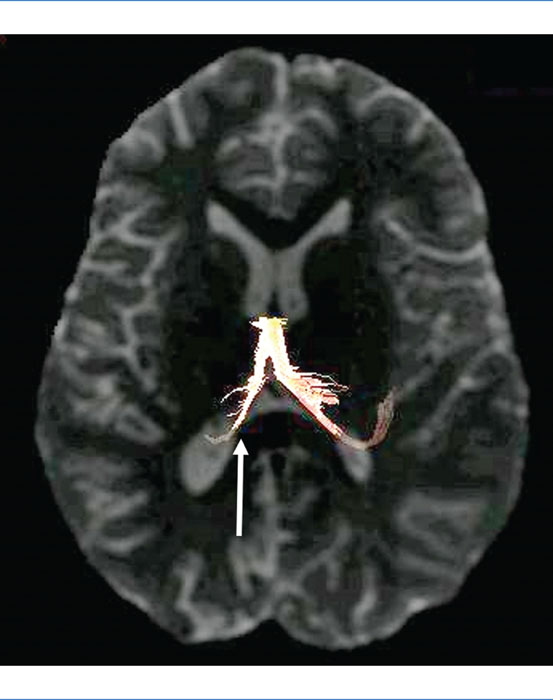Revue de neuropsychologie
MENUCase study: partial Klüver-Bucy syndrome following a traumatic brain injury Volume 13, issue 3, Juillet-Août-Septembre 2021
- Key words: Klüver-Bucy syndrome, traumatic brain injury, neuropsychology, behavior
- DOI : 10.1684/nrp.2021.0682
- Page(s) : 164-70
- Published in: 2021
We present the clinical case of a fourteen-year-old boy, DH, the victim of a severe traumatic brain injury. During our treatment, four months after his accident, he presented a set of very specific behavioral symptoms, with hyperorality, sexual disinhibition, major emotional lability, and fluctuations in vigilance. The cognitive assessment showed memory and executive dysfunction and visual processing impairment, without, however, going as far as agnosia. The hypothesis of Klüver-Bucy syndrome was raised due to the typical behavioral symptomatology. Indeed, this syndrome generally involves hyperorality, hypersexuality, and behavioral, memory, and visual gnosis disorders.
In the present work we review the literature on this syndrome that was first described in 1937 in monkeys, and subsequently described in humans in cases of bitemporal lesions. We then discuss the diagnostic criteria in the light of our patient (DH) as well as the anatomical-clinical correlates, having been able to carry out tractography imaging on DH that allowed us to identify the affected brain networks. DH's lesions led us to put forward the hypothesis of a specific right internal temporal network as responsible for the onset of Klüver-Bucy syndrome. In addition to the usual behavioral rehabilitation, we administered carbamazepine, in accordance with the scientific literature. This treatment, along with the rest of the care, seems to have led to a noticeable improvement in DH's behavior.



